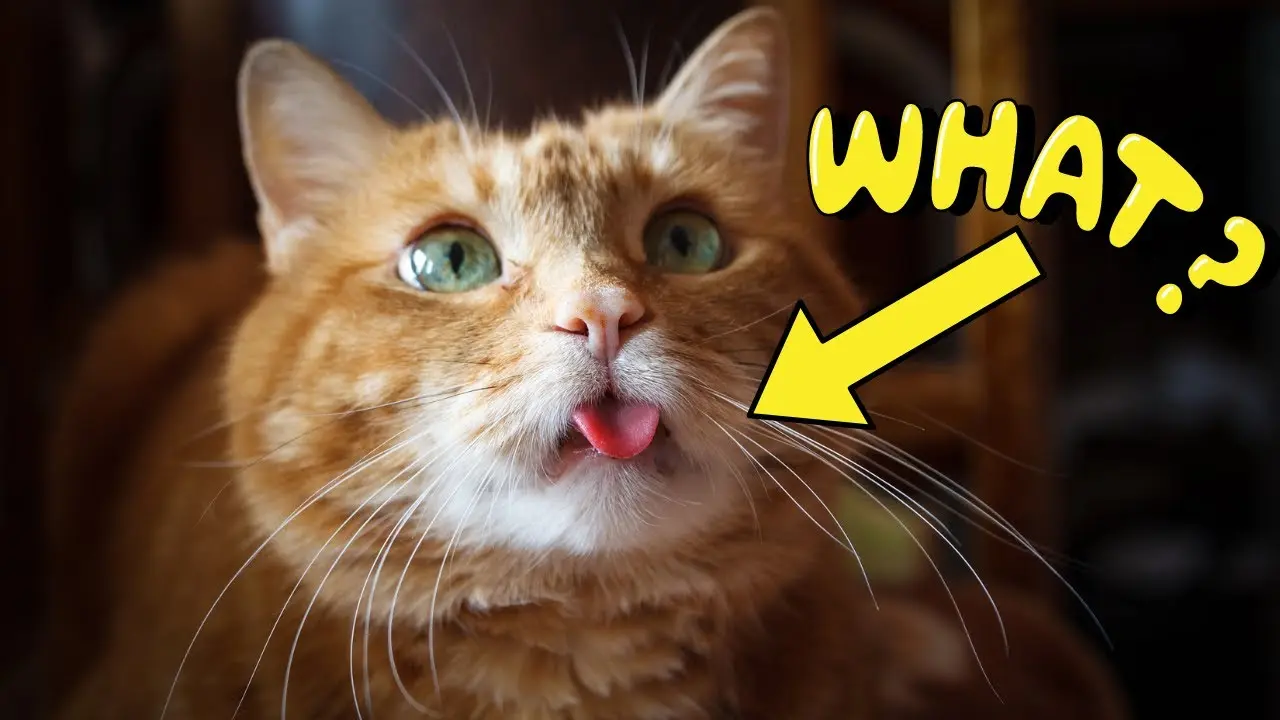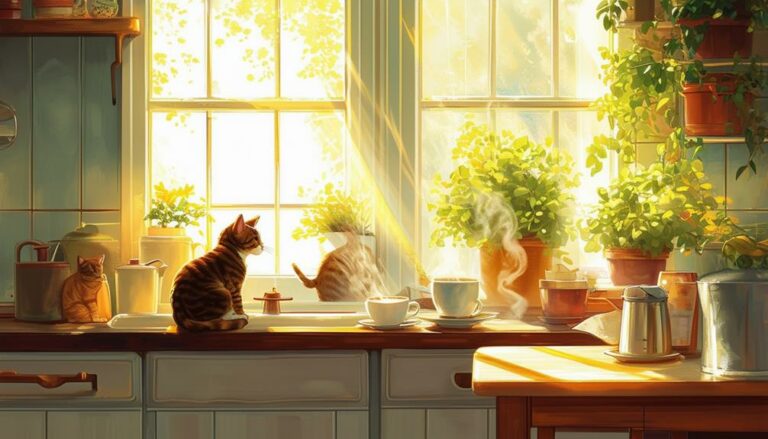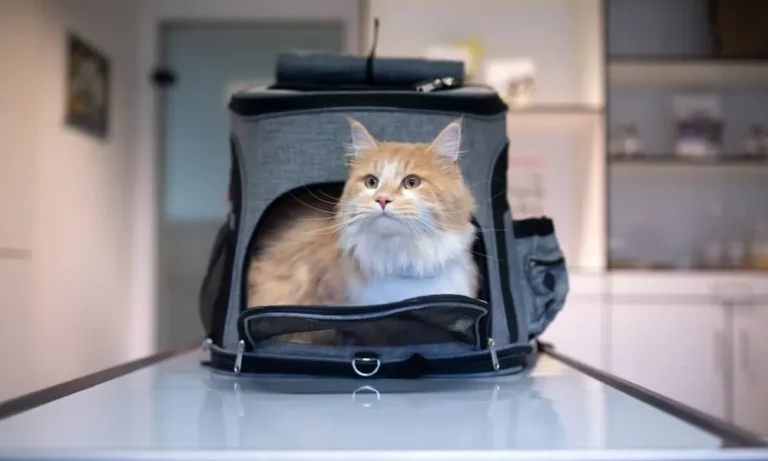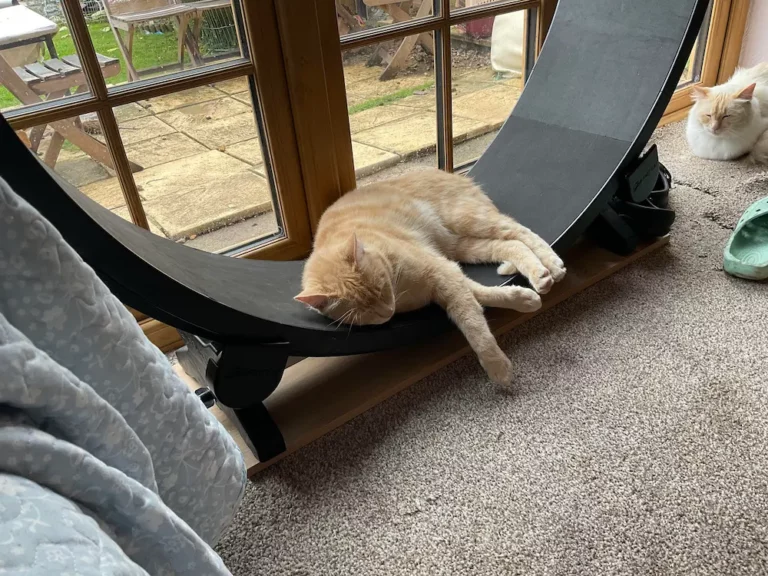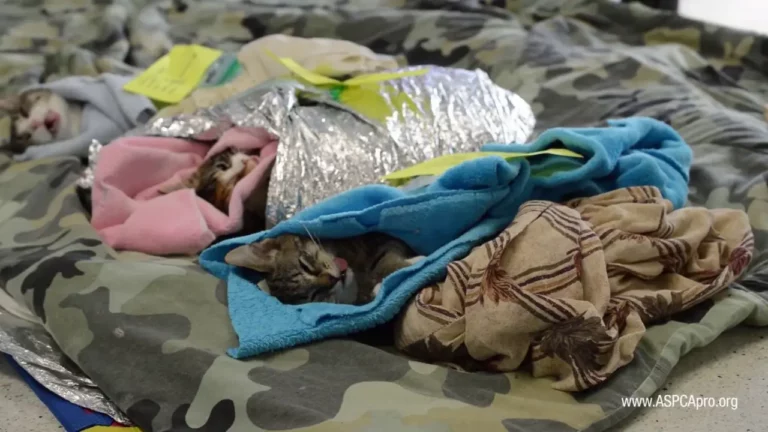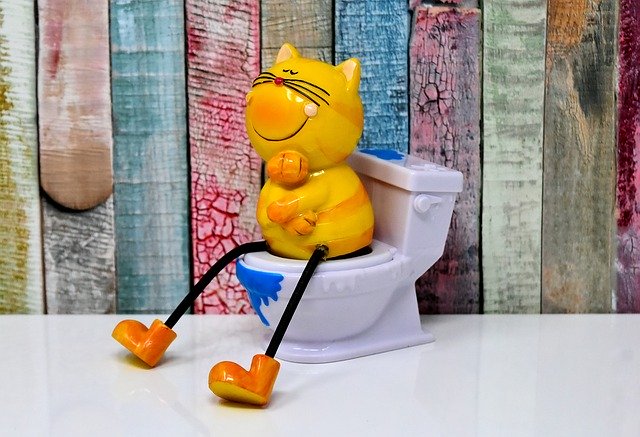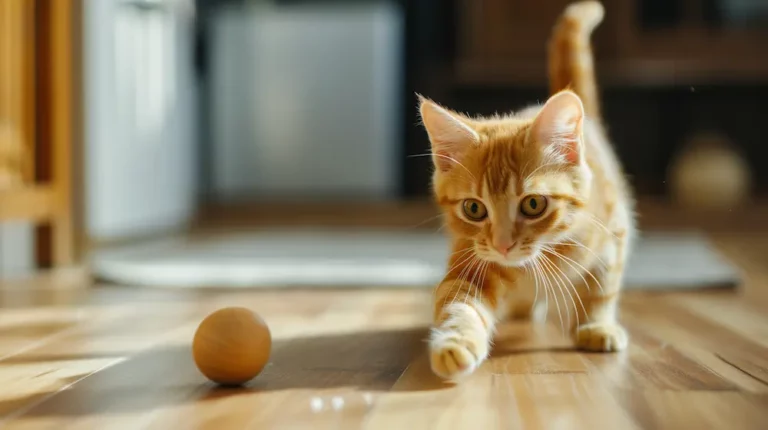7 Weird Cat Behaviors Explained
Have you ever wondered why your
These peculiar behaviors can leave you puzzled, but there’s always a reason behind them.
Cats often engage in what seems like bizarre activities due to their natural instincts and unique ways of communicating.
By exploring the reasons behind actions like chattering at birds or drinking from faucets, you’ll gain a deeper understanding of your four-legged friend.
Let’s uncover the fascinating explanations behind seven of these weird
The Midnight Zoomies
One of the most baffling
This is when your
You might find it puzzling and maybe a little annoying, especially if it wakes you up.
However, understanding why cats do this can help you manage the situation better.
Cats are naturally crepuscular, which means they’re most active during dawn and dusk.
In the wild, this is when their prey is most active. Even domesticated cats retain this instinct, leading to bursts of energy that can manifest as zoomies.
Additionally, these late-night sprints can be a way for your
To minimize midnight zoomies, make sure your
Interactive toys, climbing structures, and scheduled play sessions can help expend their energy.
Also, consider feeding your
By understanding and addressing their needs, you can reduce these nighttime disruptions.
Obsessive Kneading
Cats often engage in obsessive kneading, a behavior where they rhythmically push their paws against soft surfaces like blankets, pillows, or your lap.
This action can be traced back to kittenhood when they knead their mother’s belly to stimulate milk flow.
Even in adulthood, this comforting activity persists and often signals that your
When your
The repetitive motion can be quite soothing for them, akin to how humans might find comfort in certain repetitive actions.
Additionally, kneading helps cats mark their territory, as their paws have scent glands that release pheromones onto the surfaces they touch.
While kneading is generally harmless, it can sometimes become a bit too enthusiastic, especially if your
To manage this, keep your
Remember, your
Head-Butting Affection
When your beloved pet head-butts you, it’s their unique way of showing affection and trust. This behavior, known as bunting, is actually quite common among cats.
By pressing their heads against you, they’re not only expressing love but also marking you with their scent.
Cats have scent glands located on their heads, particularly around their cheeks and forehead.
When they rub these areas against you, they’re leaving behind pheromones, which are chemical signals that help them identify you as part of their territory and family.
Head-butting can also be a sign that your
You might notice your
Responding with gentle petting or soft words can reinforce this positive interaction.
Chattering at Birds
The next time you hear your
This behavior, often accompanied by rapid jaw movements and peculiar sounds, is rooted in your
Chattering might mimic the bite they’d use to kill prey, an action known as the ‘kill bite.’
The sound can also be an expression of frustration. Your
Additionally, this behavior shows just how finely tuned your
They can see and hear birds much better than humans, making them more responsive to these stimuli.
Providing toys that mimic prey can help satisfy this instinctual need.
Feather toys and laser pointers can engage your
Sudden Bouts of Hiding
You might notice your
Cats hide for various reasons, and understanding these can help you guarantee their well-being. Firstly, hiding is a survival mechanism.
In the wild, cats hide to avoid predators and threats. Your domesticated
Changes in the household, like new furniture or visitors, can trigger this response. Make sure to provide a safe, quiet space where your
Another reason for sudden hiding could be health-related. Cats often hide when they’re unwell or in pain. If your
Additionally, boredom or lack of stimulation can cause hiding behaviors. Ensure your
Drinking From Faucets
Cats often prefer drinking from faucets instead of their bowls, leaving many owners scratching their heads. This behavior can seem puzzling at first, but there are several reasons your
To begin with, moving water often appears fresher to cats, and they instinctively associate it with being cleaner and safer to drink.
In the wild, stagnant water can harbor bacteria, so it’s natural for them to seek out flowing sources.
Another reason is that cats have sensitive whiskers.
When they drink from a bowl, their whiskers can touch the sides, causing discomfort. A faucet provides a more comfortable drinking experience since there’s no bowl to brush against.
Additionally, the sound and movement of running water can stimulate a
You can encourage your
The Mysterious Slow Blink
Ever noticed your
When your
In the
By doing this, your
You can even try communicating back with a slow blink of your own.
Next time your
This can help strengthen the bond between you and your beloved companion.
Many
Conclusion
By understanding your
Recognizing these actions as natural expressions of their instincts helps you respond appropriately, strengthening your bond.
So, next time your
Embrace these behaviors, and you’ll enjoy a deeper, more meaningful relationship with your furry companion.
